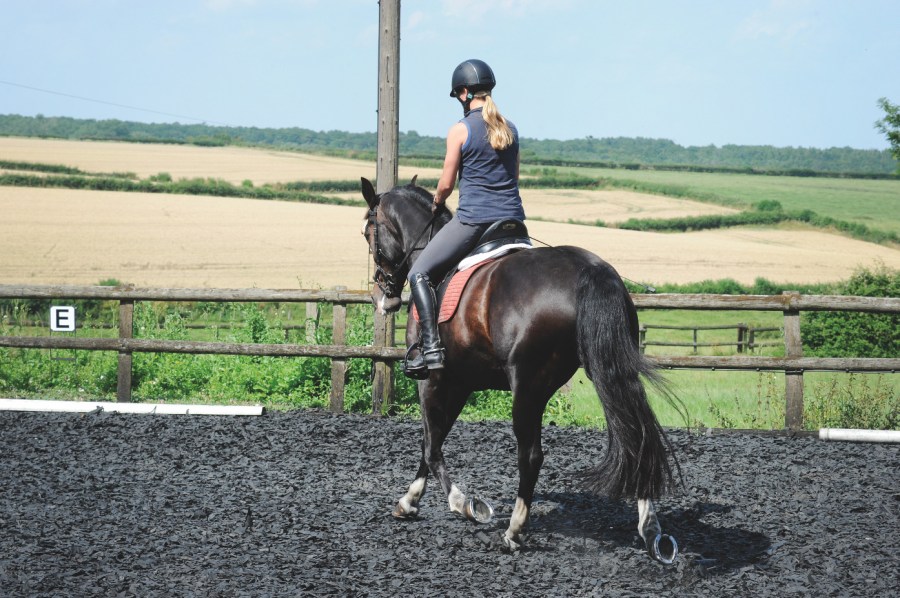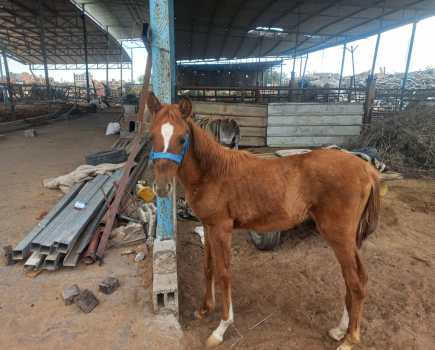The majority of riders involved in a recent study felt their bodies did not conform to their perceived “ideal” image of a rider, and also believed judges’ opinions could be affected by their size.
Sofia Forino of the University of Portsmouth revealed the findings of her research, Self-perception of body image in female riders, at the Saddle Research Trust Conference (11 December).
Ms Forino conducted a survey on how body image affects performance, participation and subjective judging, and found that negative body image was linked to lower activity and sports participation.
“In equine where the majority of riders are female, and disciplines such as dressage are subjectively judged, there is a limited amount of research,” she said.
The study asked riders about their self-perceived body image and what they see to be the ideal body image. There were 494 responses and those that competed mainly did dressage.
When assessing a series of images of riders ranging from lighter to heavier, more riders chose the second smallest image on the scale to be the ideal equestrian image.
They also thought judges favoured riders with a smaller frame. There were specific areas riders felt were detrimental to judge perception, which included a large waist and large thighs.
Breast size was also considered a potential barrier to participation and women with larger breasts experienced increased breast motion during sport.
Those categorised as large-breasted (over a double d cup) were more likely to be extremely self-conscious when riding.
“Most riders felt their image didn’t conform to the ideal image of the rider,” said Ms Forino. “This may be due to the media or to clothing brands using much smaller models to sell and promote their products.
She said there were serious implications to this lack of confidence, including added tension which could result in the horse being more tense and could interfere with signals and communication, training and performance.
“Future research looking into judge bias could allow more riders to feel more confident, if disproven, or if proven may form difficult but necessary conversations between coach and rider,” Ms Forino added.
“In equestrianism body image breast size and self confidence all appear to be linked, and further investigation is required considering the large amount of riders are female.
“Breast size [was an issue] due to lack of breast support. This may be due again to clothing brands marketing their products to other sports such as running rather than riding.”









